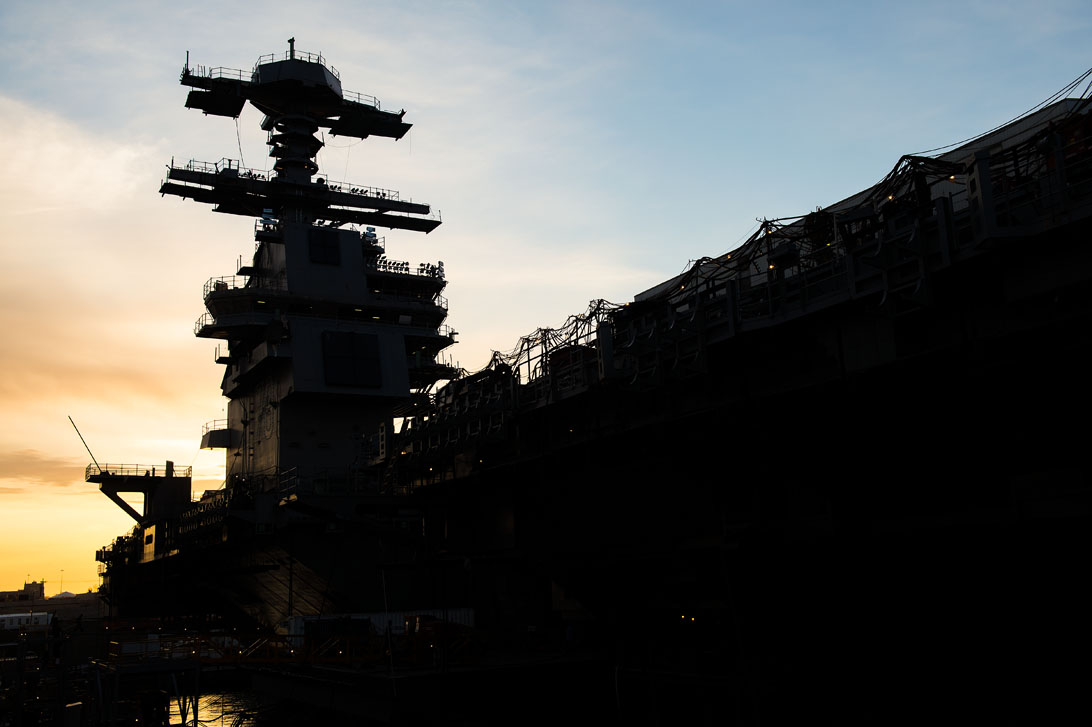
Document: Report to Congress on Ford Class Aircraft Carrier Program
The following is the April 5, 2016 Congressional Research Service report, Navy Ford Class Aircraft Carrier Program: Background and Issues for…
Copyright 2024 U.S. Naval Institute. All Rights Reserved.